We can generally consider a lens to be “wide angle” when its focal length is less than around 35 mm on a full frame camera. This translates into an angle of view which is greater than about 55° across your photo’s widest dimension. The definition of ultra-wide is a little fuzzier, but most agree that this realm begins with focal lengths somewhere around 20 to 24 mm and less.
In this post, I’m going to explain the Canon wide angle lens, its features, and how to take the best photos with it. Finally, I’ll recommend that you check my post “Best Wide Angle Lens for Canon” where you will find amazing lenses for both APS-C and full frame Canon cameras.
What is a wide-angle lens?
Lenses having a focal length or focal length range wider than 35mm on a full-frame camera can be considered wide-angle lenses, while lenses featuring focal lengths wider than 24mm can further be categorized into a subset known as “ultra-wide angle” lenses.
The shorter the focal length being used, the wider the angle of view the lens provides. Common uses for wide-angle lenses include landscapes, cityscapes, starry skies, architecture, panoramas, wedding receptions, and events. Ultra-wide angle lenses are often employed in photographing interiors especially real estate photography, as the wide field of view makes interior spaces look impressively amazing.
A wide-angle lens and sensor size
The focal lengths mentioned above all apply to a full-frame camera with a 35mm sensor. For cameras with smaller sensors, the angle of view won’t be as extreme. To determine the focal length on a crop sensor, you’ll need to replicate the same field of view that a wide or ultra-wide-angle lens can give you on a full-frame camera. Just divide the focal length of the lens by the digital multiplier, which is 1.6x for Canon and 1.5x for Nikon, Pentax, and Sony DSLR cameras. For instance, a 35mm lens will give you a focal length of 21.8mm on a Canon DSLR, or 23.3mm on a Nikon DSLR.
Because cameras with smaller sensors reduce the wide-angle effect, many manufacturers sell lenses with an even shorter focal length than normal, to compensate and give you a true wide-angle view.
Wide-angle vs. fisheye lenses
Fisheye lenses also fall under the wide-angle lens category, but the difference lies in the barrel distortion and the perspective distortion. A fisheye is an ultra-wide-angle lens with an angle of view of around 100 to 180 degrees, and it produces a circular rather than a rectilinear image due to the visual distortion created by the lens.
Many wide-angle lenses are constructed to produce what is known as a “rectilinear” image. This means that straight lines are kept more or less straight in the final image, rather than being bent and distorted. However, with these types of lenses, subjects near the edge of the frame tend to be stretched unnaturally.
For super wide-angle lenses, such as fisheye lenses, this stretching becomes very noticeable and distracting, so manufacturers tend to use a “curvilinear” construction instead. Curvilinear lenses don’t have the same edge distortion than rectilinear lenses do, but instead, they cause straight lines to curve, an effect known as “barrel distortion”.

Wide-angle Lens features
Perspective
A wide lens with a focal length smaller than 35mm can capture a broader scope and larger area than a 35 mm lens. Because of their ability to capture that large area, wide-angle lenses affect your image’s perspective, perspective is what gives flat pictures a spatial (three-dimensional) quality.
-
Subject size & look
Objects near the camera tend to appear larger, while objects in the distance appear extremely small, thus enhancing the perspective of the image.
When using a wide-angle lens, you’ll often be positioned very close to your subject. This makes foreground objects appear very large in the frame, and distant objects very small. For example, a slight movement of the camera, even one step forward, backward, left or right, can change the look and size of the objects close to you. Distant objects, however, are not affected. When taking pictures, keep in mind that subtle changes in camera angle and position can affect your image.
The exaggeration of the relative size of near objects can be used to add emphasis and detail to foreground objects, while still capturing expansive backgrounds. If you plan on using this effect to full impact, you’ll want to get as close as possible to the nearest subject in the scene.

-
Distances between your subjects
Wide-angle lenses also exaggerate the distance between objects, making subjects at moderate and far distances seem further away than they really are.

-
Distortion
Because of the exaggerated difference in size between near and far objects, wide-angle lenses tend to produce a distorted image, with subjects appearing elongated. For example, if you photograph a person’s face or animal head through a wide-angle lens, their features will appear to bulge and bloat – interesting but not particularly flattering!

-
What are converging verticals?
Whenever a wide-angle lens is pointed above or below the horizon, it will cause otherwise parallel vertical lines to appear as if they are converging. Any lens does this, even telephoto lenses, it’s just that a wider expanse of converging lines is visible with a wide angle lens. Converging verticals appear in photos when you photograph tall, square objects such as buildings at an angle looking up or down.
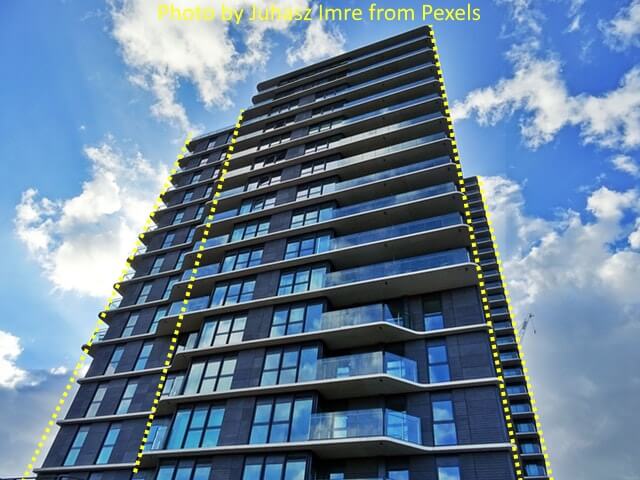
When you point your camera upwards to fit the top of the building in the image, converging verticals occur as the lines of the building converge, or appear to get closer and closer together, the higher up the building you look. Converging verticals can appear more pronounced when using a wide-angle lens.
How to stop converging verticals from occurring in my photos?
- The simple answer is to hold your camera completely level when photographing buildings. Most cameras will have a built-in spirit level to help you to achieve this. Aim your camera closer to the horizon, even if this means that you’ll capture a lot of ground in addition to the subject. Try to shoot from mid-height.
- Get much further from your subject and use a lens with a longer focal length. It may mean that you have to take your image from further away to fit the whole building without tilting the camera.
- Use post-processing software like Adobe Photoshop. You may also check my post “correcting the distortion in post-production software”
- Use a Tilt-shift lens.
-
Straight lines and curvatures
The other effect of distortion is that the straight lines that cross the frame may appear not that straight. The farther from the image center the line crosses the frame the more it will be bent by the optics. Sometimes with a fisheye lens, it seems like a couple of lines create a circle around the lens. That’s how strongly a distortion can affect the scene in the photograph.

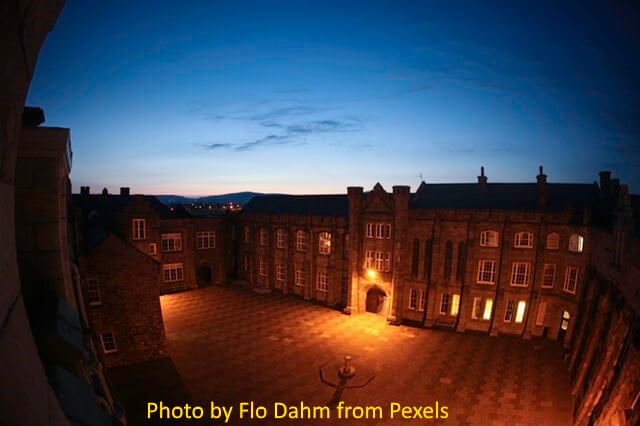
Factors to be considered when using a wide-angle lens
Depth of field
Wide-angle lenses have a greater apparent depth of field because they cover a wider viewing angle. This makes them great for photographing scenes where you have subjects at different distances, such as a landscape with interesting subjects in the foreground and amazing background subjects, and want them all to be sharp.
As focal length moves down from 28 mm to 24 mm and 21 mm in the transition from wide-angle to super wide-angle, depth of field (the focused portion of a scene) becomes deeper.
Decreasing the aperture diameter further improves the depth of field, creating a pan-focus image focused on the entire range. This is another benefit of wide-angle lens photography; it’s also an effective way of preventing blurring and getting sharper images.
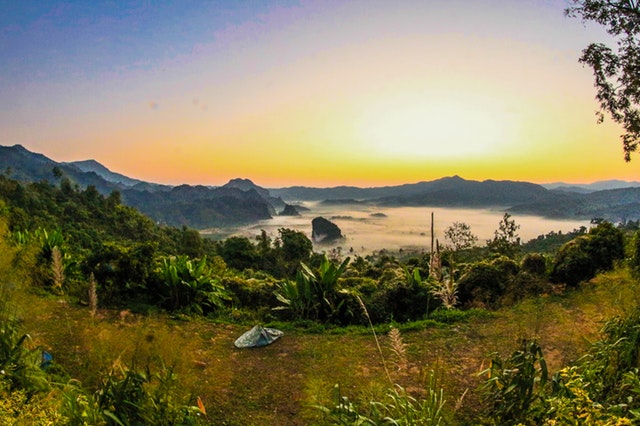
Using of polarizing filter
You should almost always avoid using a polarizing filter with a wide-angle lens. A key trait of a polarizer is that its influence varies depending on the angle of the subject relative to the sun. When you face your camera 90° from where the sun is coming from, you will maximize its effect; similarly, whenever you face your camera directly away from or into the sun, you will minimize the effect of a polarizer.
When using a polarizing filter with an ultra-wide-angle lens, one edge of your image frame might be nearly facing the sun, whereas the opposing edge might be facing 90° away from the sun. This means that you will be able to see the changing influence of your polarizer across a single photo, which is usually undesirable.
Avoid Lens flare, but don’t use a lens hood
Because of the wide area covered, it is also common for the sun to be included in your shots, and this can lead to lens flare or incorrect exposure. Lens hoods aren’t a practical solution because they can block part of the view.
Most wide-angle lens manufacturers recognize this problem and build their lenses to minimize lens flare, but they are not perfect, so you should do your best to keep the sun out of the frame or hide it behind something in the scene.
Check the Vignetting performance of your wide-angle length
A vignette is a darkening of the image towards the edges and corners. It is common in all wide-angle lenses, although it is particularly noticeable in the cheaper ones.
There’s no real way to avoid it, so it is important to try out any lens before buying, to see how much it is affected. Thankfully, modern software packages such as Photoshop have made it easy to remove this effect from digital photos.
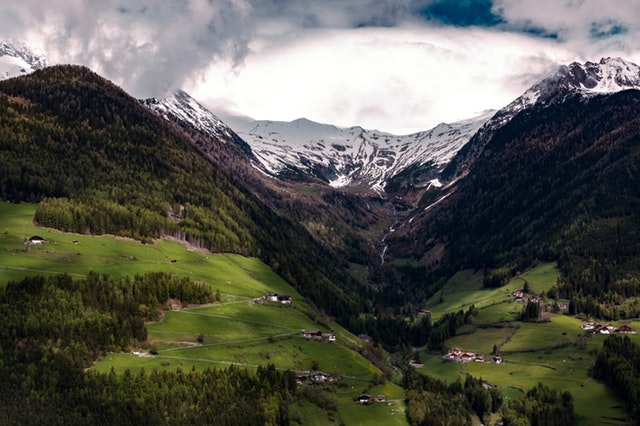
Related posts
Best Wide Angle Lens for Canon
Best Lenses for Real Estate Photography – Choose the Right one!
What is Fisheye Lens – The full Guide
Full Frame vs Crop Sensor – Which To Choose
Fisheye Lenses for Canon – Top 5 You Need To Know
What is The Tilt-Shift Lens – Your Ultimate Guide
Thanks for reading, I hope you enjoyed the article and found what you are looking for. If you have any questions just post below & I will be happy to answer you.
If you enjoy the site, don’t forget to subscribe, we will only inform you when a new article is posted.




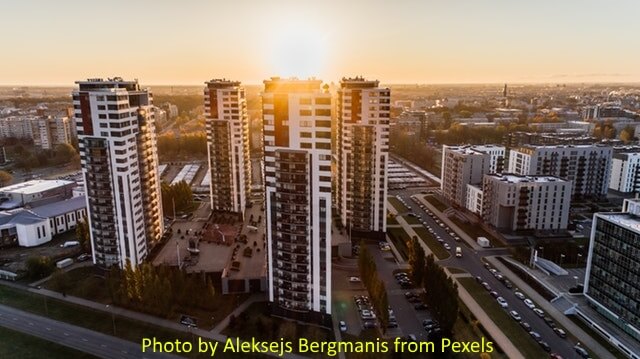


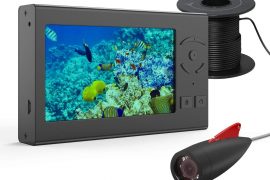


Hello Amin – I am impressed by your site. It’s obvious that you have a “good eye” The layout and page presentation is quite clear and easy to navigate. While I know very little about cameras and lenses it’s evident that is not the case with you.
I believe the camera buff will love your site and learn as they move about your writings. One suggestion I might offer for those of us that know very little about the field is that you provide a “intro to cameras and lenses” piece.
I will say that I know more than I first arrived on your site.
Thank you – Mike
Hello Mike
I’m very glad that you like the post and the site and found them useful. Thanks for your nice comment and you are always welcome on the site.